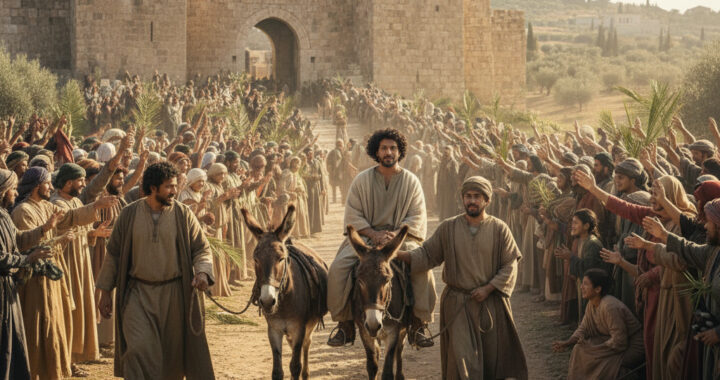Fulfilled Messianic Prophecies from the Book of Zechariah
Among the most intriguing prophetic sections of the Bible are the prophecies of Zechariah which are contained in the book that bears his name. Zechariah is teeming with Messianic prophecies, recording some of the most detailed Messianic predictions.
Some of Zechariah’s prophecies await future fulfillment (e.g., Zech 14:1-4). However, many of Zechariah’s Messianic prophecies relate to the first advent of Christ and are specifically identified as fulfilled by the Gospel authors in the events surrounding Christ’s Passion.1
Our modest goal of this study is to survey Zechariah’s fulfilled, first-advent Messianic prophecies and to offer some principles that we can learn from these passages.

